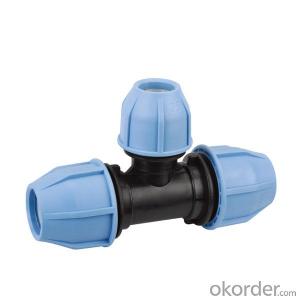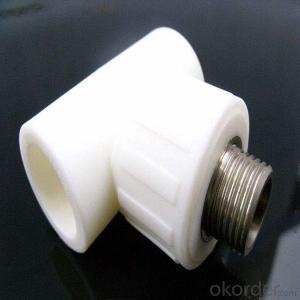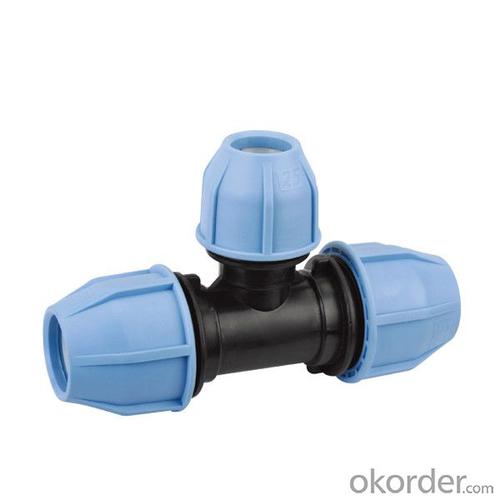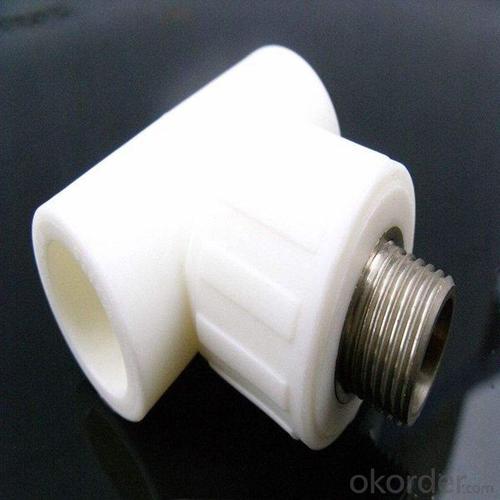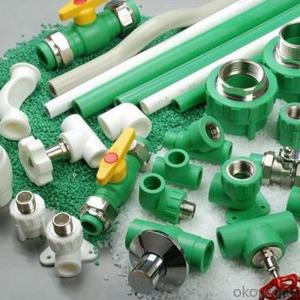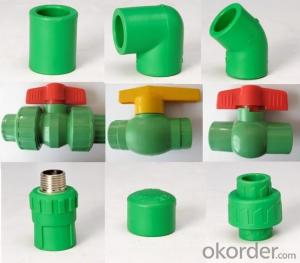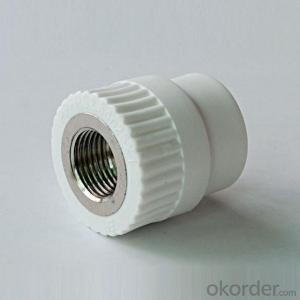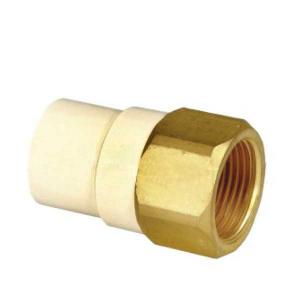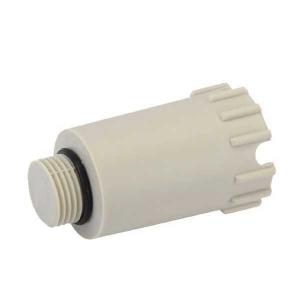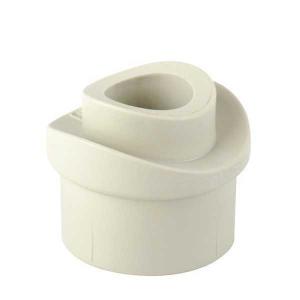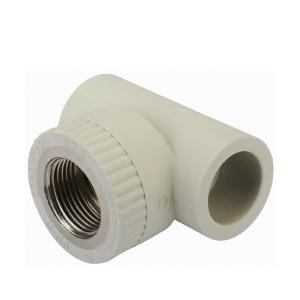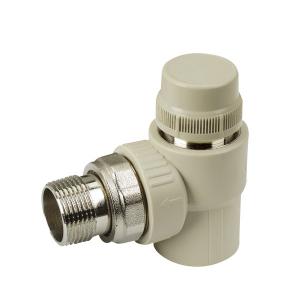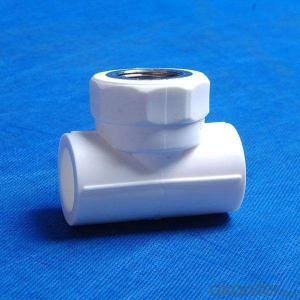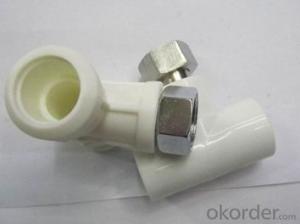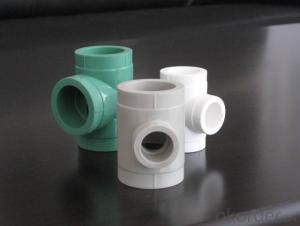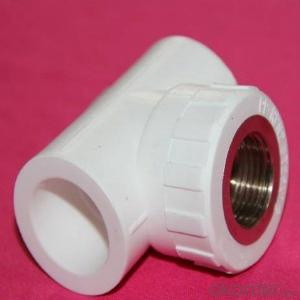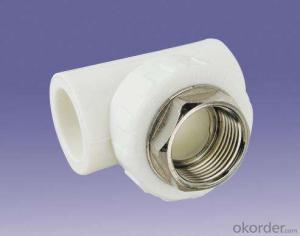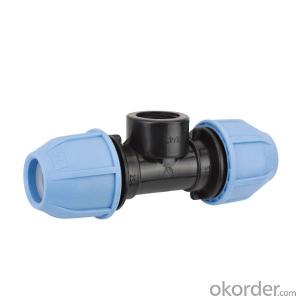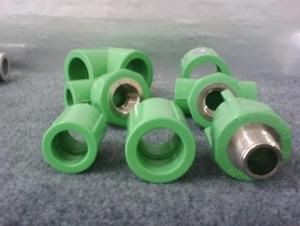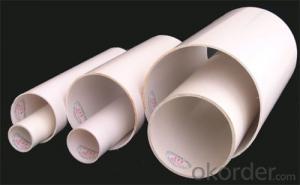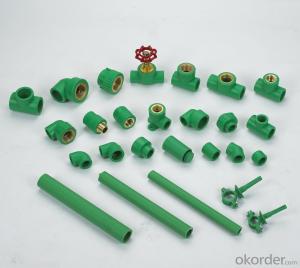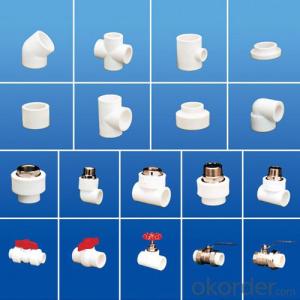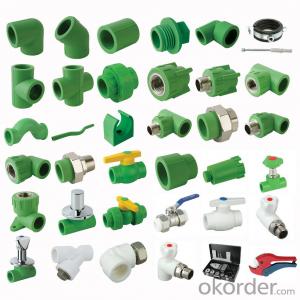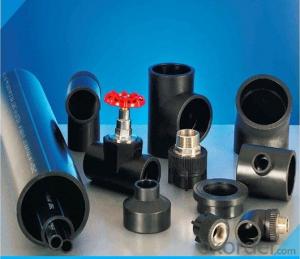Plastic Pipe Compression Fittings - PPR Orbital Equal Tee Fittings for Industrial Applications
- Loading Port:
- Tianjin
- Payment Terms:
- TT OR LC
- Min Order Qty:
- 1000 pc
- Supply Capability:
- 100000 pc/month
OKorder Service Pledge
OKorder Financial Service
You Might Also Like
Product Overview
Standard: ISO
Color: many colors
Product name: Plastic Pipe
Application: house and garden
Usage: Family Decoration Industry
Certification: ISO Certificate
Feature: Lightweight
Size: Customized Size
Type: Round Pipe
Name: HDPE Plastic Pipe
Application
Distribution for cool and hot water;
Duct for drinkable water system;
Pipes for kinds of high-temperature and low-temperature heating system;
Pipes for heating and cooling settings in solar energy system;
Connecting pipe for air conditioners.
Feature
1) The professional factory of fittings.
2) The important manufacture of fittings in china.
3) High quality and better price.
4) Convenient One touch fittings provide instant tubing connections.
5) Elliptical release ring help to connect the tube easily by manual, no special tools required
Product Description
Product name | Size | Weight | Pack |
Equal tee | (Gram/m) | (m/pack) | |
T16 | 12.5 | 1300 | |
T20 | 19.4 | 800 | |
T25 | 30.5 | 450 | |
T32 | 48.2 | 260 | |
T40 | 90.8 | 150 | |
T50 | 142.5 | 106 | |
T63 | 275.3 | 54 | |
T75 | 515.0 | 30 | |
T90 | 712.0 | 18 | |
T110 | 1082.0 | 12 | |
T125 | 1544.0 | 8 | |
T160 | 2531.0 | 4 |
Product Show
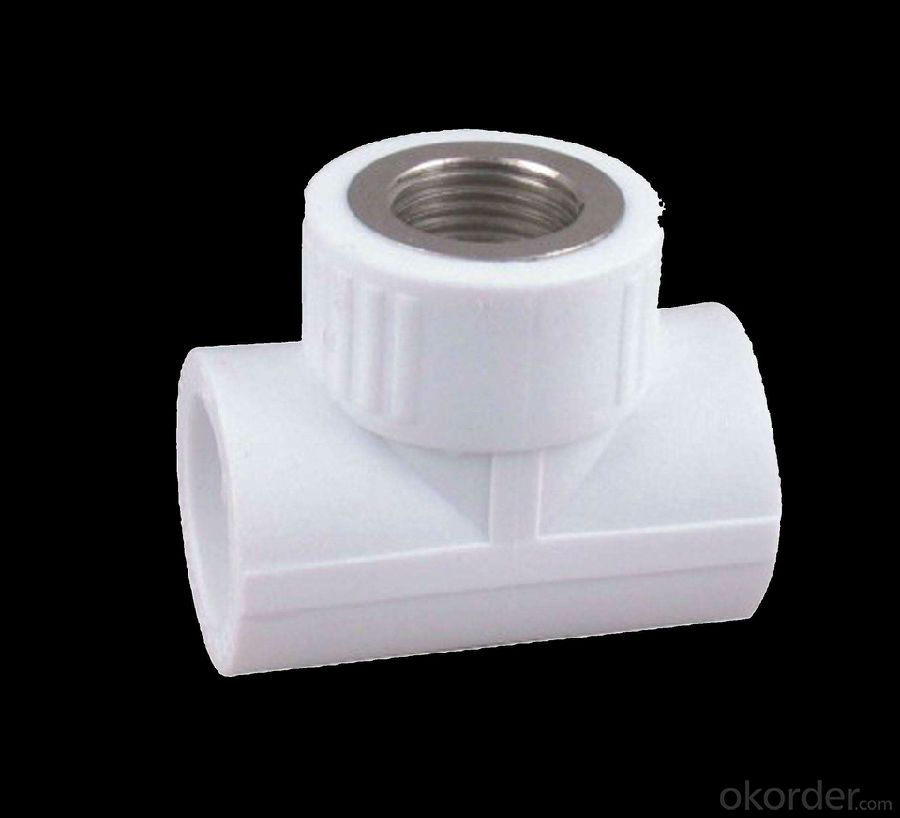
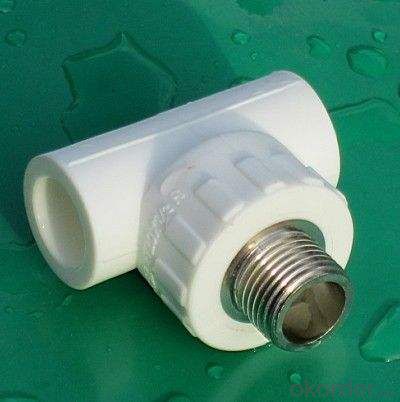
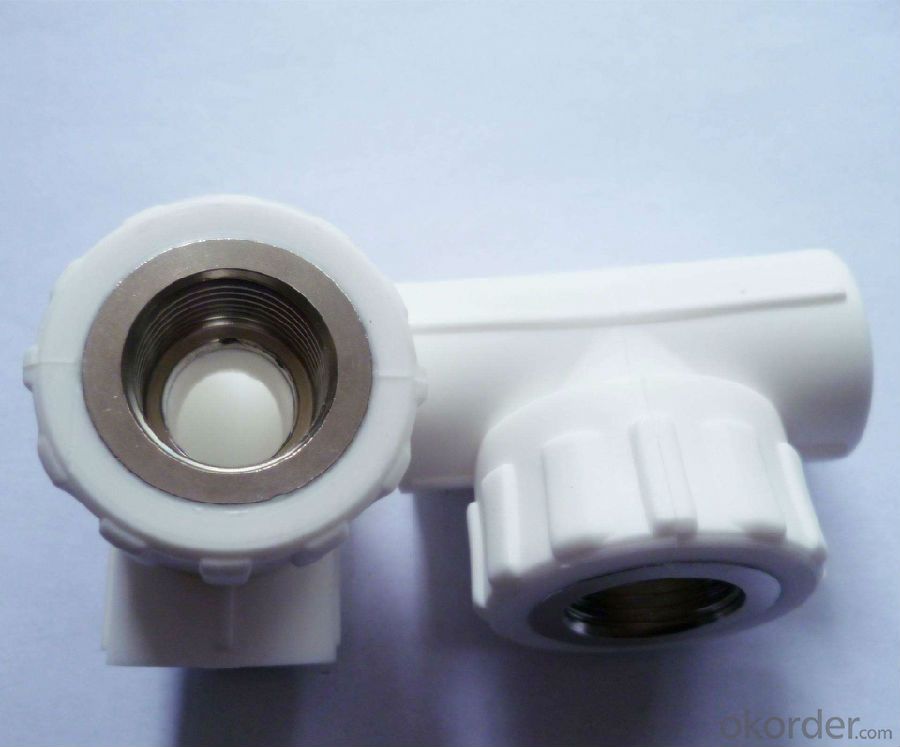
FAQ
1. Can you find a translator for me?
You can tell us which language you speak, we will find the translator for you, and will be together work.
2. If we want to develop some new item, but maybe we just have some ideas, how can you do?
We can make new mold base on your idea, generally, if your quantity is more enough, we can refund the mold cost to you.
3. How Long Is Delivery?
Delivery time will be 30-45 days according to order quantity.
4.What Is Our Normal Payments Terms?
Our normal payment terms: T/T, L/C or western union.
- Q: Are plastic pipe fittings suitable for use in power plants?
- Yes, plastic pipe fittings can be suitable for use in power plants depending on the specific requirements and applications. Plastic fittings can offer benefits such as corrosion resistance, cost-effectiveness, and ease of installation. However, it is essential to consider factors such as temperature, pressure, and the type of fluids being transported to ensure the suitability and durability of plastic pipe fittings in power plant environments.
- Q: How do plastic pipe fittings handle thermal expansion and contraction?
- Plastic pipe fittings have the ability to handle thermal expansion and contraction quite well. Due to the nature of plastic materials, they have a higher coefficient of thermal expansion compared to metals. This means that when exposed to heat, plastic fittings will expand more than metal fittings. However, plastic pipe fittings are designed with certain features such as flexibility and elasticity to accommodate the thermal expansion and contraction. These fittings can absorb the expansion and contraction without causing any damage or leakage in the piping system. Additionally, the use of expansion joints or loops in the piping system helps to further compensate for the thermal changes, ensuring the integrity and durability of the plastic pipe fittings.
- Q: PE how about the installation of plastic pipes?
- Pipe and pipe fittings should be placed in the construction site for a certain period of time after the connection, so that the pipe and pipe temperature is consistent
- Q: Can plastic pipe fittings be used in hydronic heating systems?
- Yes, plastic pipe fittings can be used in hydronic heating systems. Plastic fittings, such as those made from PVC or PEX, are commonly used in hydronic heating systems due to their durability, corrosion resistance, and ease of installation. They are suitable for transporting both hot and cold water, making them a reliable choice for hydronic heating applications.
- Q: Are plastic pipe fittings resistant to freezing temperatures?
- Yes, plastic pipe fittings are generally resistant to freezing temperatures. Plastic materials such as PVC and CPVC are known for their ability to withstand low temperatures without cracking or breaking, making them suitable for use in cold environments.
- Q: Are plastic pipe fittings resistant to acid solutions?
- Yes, plastic pipe fittings are generally resistant to acid solutions.
- Q: How can the leakage between the solar heating pipe and the water tank joint be avoided?
- If the glue is used, the place is leaking, so it's better to cut the leak with the pipe scissors and replace it with a new one
- Q: Are plastic pipe fittings suitable for irrigation systems?
- Yes, plastic pipe fittings are suitable for irrigation systems. They are commonly used due to their durability, affordability, and resistance to corrosion and chemicals. Additionally, plastic pipe fittings are lightweight and easy to install, making them a popular choice for irrigation systems.
- Q: Are plastic pipe fittings resistant to ultrasonic vibrations?
- No, plastic pipe fittings are not generally resistant to ultrasonic vibrations.
- Q: How do plastic pipe fittings compare to metal fittings?
- Plastic pipe fittings are generally less expensive, more lightweight, and easier to install compared to metal fittings. However, metal fittings are typically more durable, have higher heat resistance, and offer better pressure handling capabilities. The choice between plastic and metal fittings depends on the specific application, budget, and desired performance.
Send your message to us
Plastic Pipe Compression Fittings - PPR Orbital Equal Tee Fittings for Industrial Applications
- Loading Port:
- Tianjin
- Payment Terms:
- TT OR LC
- Min Order Qty:
- 1000 pc
- Supply Capability:
- 100000 pc/month
OKorder Service Pledge
OKorder Financial Service
Similar products
Hot products
Hot Searches
Related keywords
